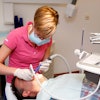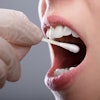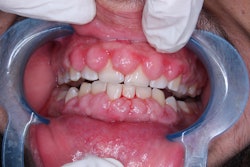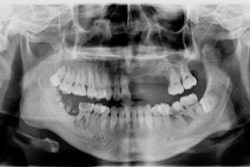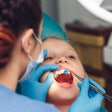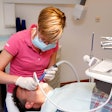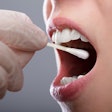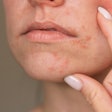
A school-based online oral health education program for high school students may improve oral health knowledge and hygiene behaviors, according to a study recently published in the International Dental Journal.
Furthermore, the program increased awareness of gingival swelling, bleeding, and the use of fluoride toothpaste among students. However, the use of dental floss and regular dentist visits did not increase, the authors wrote.
"The results showed that their oral health knowledge and behaviours, except for the use of dental floss and visiting dentists regularly, improved after the programme,” wrote the authors, led by Satoru Haresaku of the Fukuoka Nursing College in Japan (Int Dent J, July 23, 2024).
This study involved 628 first- and second-year high school students, ages 15 to 17, in Japan. The research team developed an online oral health education program focused on periodontal disease that was combined with a periodontal disease examination results sheet for the participants.
Students underwent a periodontal examination and were categorized into periodontal condition (PC) or nonperiodontal condition (non-PC) groups, they wrote. Data to assess the program's impact were collected via questionnaires at baseline, three months, and one year, and comparisons were made using chi-square tests.
Interest in oral health rose significantly from 37.5% at baseline to 44.4% after one year (p = .012), with the PC group showing an increase from 37.2% to 44.3% (p = .041), the research team wrote. The percentages of students who brushed their teeth for more than five minutes, used fluoride toothpaste, and received toothbrushing instruction increased significantly from 47.6%, 50.8%, and 72.3%, respectively, to 54.8%, 62.2%, and 85.0% after one year, respectively, according to the results.
The highest levels of knowledge, attitudes, and oral health behaviors were observed at three months in both groups, they wrote. Furthermore, awareness of gingival swelling and bleeding assessed at three months was positively associated with the presence of a periodontal condition, while the use of dental floss evaluated at three months and one year was negatively associated with it, according to the results.
After adjusting for sex and baseline variables, awareness of gingival swelling and bleeding and the use of fluoride toothpaste at three months were positively associated with periodontal conditions, with an adjusted odds ratio (95% CI) of 4.38 (2.05-9.40), 3.03 (1.73-5.31), and 1.61 (1.08-2.42), respectively.
However, the study had limitations. It surveyed only one high school, which may limit the generalizability of the results, the authors wrote.
"Further studies are needed to investigate the effectiveness of these oral health education programmes in other communities and countries," Haresaku and colleagues concluded.


